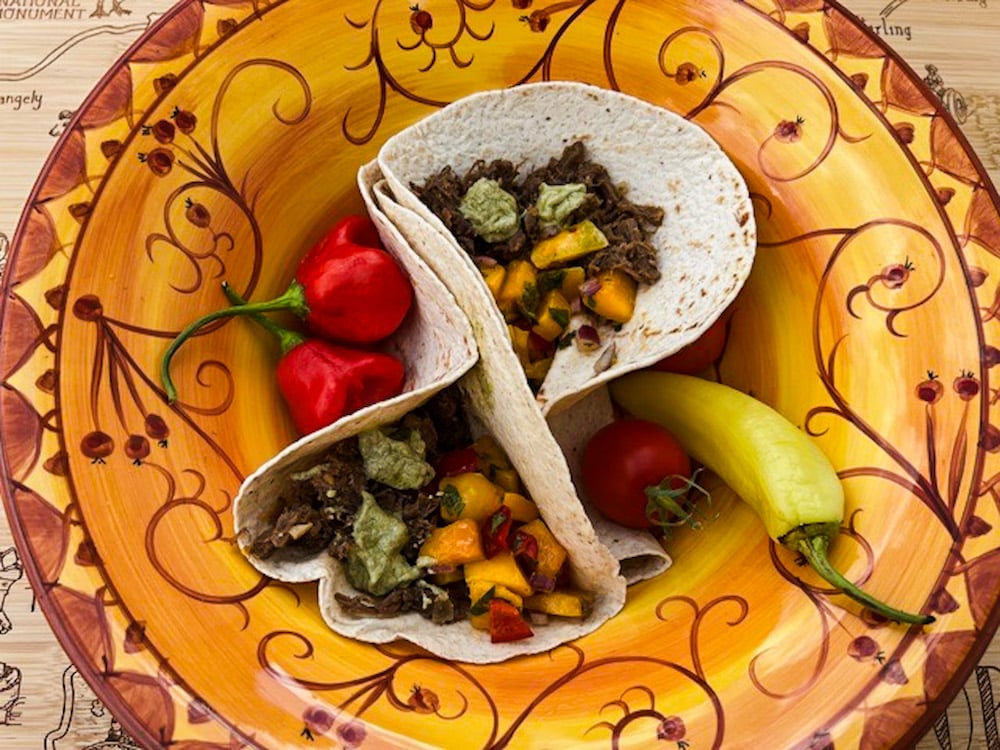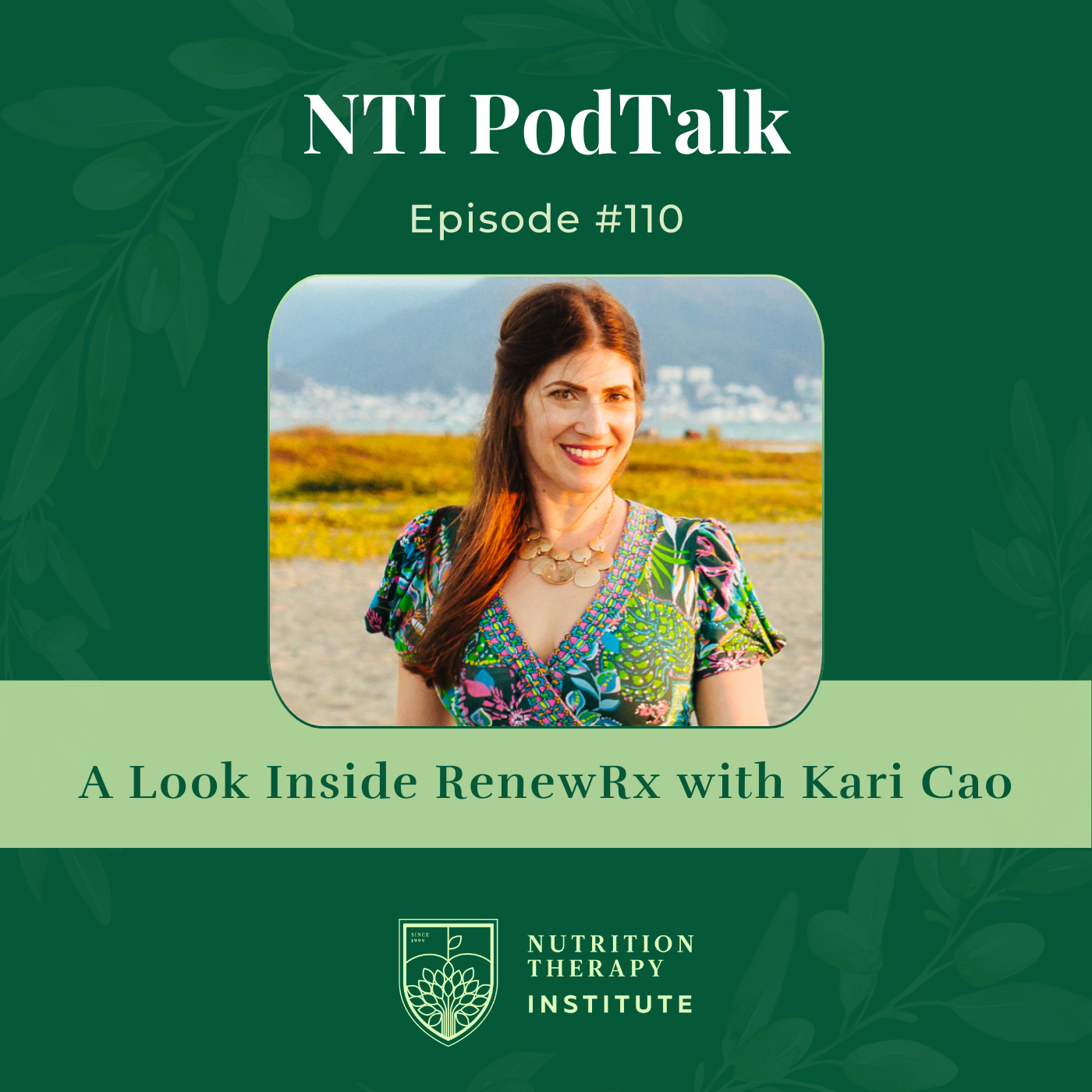
Share this post!
Nobody loves seasonal allergies. Many of us love allergy medications even less. Over-the-counter medications do little more than temporarily alleviate symptoms while never getting to the root cause. The good news is that nutritional therapies and simple lifestyle changes might be enough to make the sneezing and itching and puffy eyes and runny nose disappear for good. Below is a 3-step plan to survive allergy season, but first, let’s remember how allergies work.
The Allergic Response
The allergic response is an immune reaction to something that should otherwise be harmless. It is an inflammatory reaction that is triggered in the body by the release of histamine. Let’s follow the steps backward to understand how all of this happens.
Histamine is released from mast cells that are activated by IgE antibodies. Those IgE antibodies are released from B cells when they are activated by chemical mediators from T-helper 2 (TH2).
While the names of all these immune cells may seem to be an unnecessarily complicated point, it’s critical to understand the immune process in order to support it with natural protocols.
Those TH2 cells that help to instigate the allergic response are always in a dynamic balance with their close relatives, the T-helper 1 (TH1) cells. In people with allergies, there tends to be a skewing of this balance toward more TH2 activity and less TH1 activity. There are also T-regulatory cells and other immune messengers involved.
What is the root cause of the immune imbalance in allergies? The answer is—it could be lots of things. The immune system is a complicated network that interacts with the gut, liver, and everything we are exposed to in our environments. It can be disrupted by exposure to toxic chemicals, eating the wrong foods, or even changes in gut health.
The Natural Approach to Support a Healthy Immune Response
To survive seasonal allergies with a natural approach means supporting a healthier immune response. We do that by cleaning up our home environments, eating an anti-inflammatory diet, and supplementing with herbs and nutrients that help to support the healthy function of all aspects of the immune response.
Step 1: Clean Up the Home Environment
The immune system is designed to respond and react to everything that it encounters in its environment. It must decide what is friend and what is foe. If the immune system is burdened by exposure to dust mites or mold, for example, it can become overwhelmed. Start by following these strategies to clean up the home environment.
- Use a dehumidifier in damp areas (mold can grow anywhere there is humidity above 50%)
- Use a high-quality air purifier
- Vacuum with a high-efficiency particulate air (HEPA) filter
- Wash bedding with hot water weekly
READ MORE >>> Safe & Effective Non-Toxic Alternatives for Household Cleaning
There are also many everyday chemicals that are known to disrupt immune function. They are often called endocrine disruptors. Minimize exposure to these chemicals in the home:
- Synthetic fragrances
- Hand sanitizer containing triclosan
- Parabens and phthalates (in lotions and shampoos)
- Bisphenol-A or BPA (in canned food)
- Bleach
Step 2: Eat an Anti-Inflammatory Diet
The allergic response is an inflammatory response. That means it can be worse when there are additional things promoting inflammation in the body. For the same reason that we need to minimize chemicals and mold in the home, we also need to minimize aggravating foods in the diet. This approach decreases the immune burden so that it can come back to balance.
Some foods that are otherwise healthy can create an immune reaction and inflammation in certain people. An elimination-challenge diet is the best way to discover food sensitivities. Consider a trial period of eliminating the most common offenders: wheat, dairy, eggs, soy, fish, shellfish, peanuts, and tree nuts.
Another option for quickly cleaning up the diet and reducing inflammatory foods is to do a quick spring detox (like we described in the 6 Steps to a Simple Spring Cleanse post). Plus, these other pro-inflammatory foods should be minimized:
- Sugar (like candy and soda)
- Refined carbohydrates (like bread, crackers, and pasta)
- Partially hydrogenated oils (like margarine, shortening, and many processed foods)
- Fried foods (like French fries)
Nature has also provided countless foods that support a healthy and balanced inflammatory response. Plant foods contain compounds called phytonutrients, which are powerful antioxidants that support immune function. Healthy fats from fish, nuts, and seeds also support healthy inflammatory pathways. Load up on these anti-inflammatory foods:
- Fatty fish (salmon, anchovies, sardines, mackerel, and herring)
- Seeds (flaxseeds, hemp seeds, chia seeds)
- Green leafy vegetables (spinach, kale, and chard)
- Brassica vegetables (broccoli, cauliflower, and Brussels sprouts)
- Blueberries, blackberries, and raspberries
- Spices, like turmeric, rosemary, and ginger
- Green tea and herbal teas
RECIPES >> Anti-inflammatory Salmon Bowl; Anti-inflammatory and Antioxidant Rich Thai Broccoli Fish Stew; and Spicy Roasted Cauliflower with Tahini
Step 3: Supplement for Immune Support
Some people will survive the allergy season by making the simple changes above—cleaning up the home environment and eating an anti-inflammatory diet. Others will need additional support. Nutritional supplements and herbs can be powerful ways to support the immune response and get through allergy season medication-free.
- Vitamin C + Quercetin. This powerful duo stabilizes mast cells to reduce histamine release and also supports other levels of the immune response—including IgE activation and the TH1:TH2 balance. Typical use is 500 mg of each, taken 2 or more times a day.
- Luteolin. Much like quercetin, luteolin is a phytonutrient that is present in many fruits, vegetables, herbs, and teas. Although studies have mainly been conducted in animals, it shows promise in stabilizing the IgE response, histamine release, and other aspects of the immune response. Typical use is 100 mg 2 times a day.
- Stinging Nettle (Urtica dioica). This herb is rich in minerals and phytonutrients to support a healthy inflammatory response and respiratory health. Although it was not significantly better than a placebo, a 2017 study found that stinging nettles supported a healthy immune response in people with allergies. Typical use is 225 mg 2 times a day.
- Lactobacillus L-92. This very specific strain of probiotic has been shown to support a healthy balance of TH1:TH2 function. A recently published study found that L-92 supported a healthy immune response in children with eczema and food allergies.
READ MORE >> A Comprehensive Guide to Vitamin C Supplements
Putting it All Together
Seasonal allergies may seem unavoidable. Many people think they need to push through and survive on over-the-counter medications. A more natural approach requires us to take a critical look at the immune response. We need to reduce the burden on the immune system by cleaning up the home environment. We need to support a healthy inflammatory response with the foods we eat. Then we can take targeted nutritional supplements to maintain immune health. The best part of this approach is that there are no side effects. Plus, you may just come out healthier on the other side.
Related reading…
Bioflavonoids and the Immune System: How Quercetin Can Prevent a Hypersensitive Allergic Response
Garlic: An Exploration of Allicin and Antioxidant Activity
Turmeric Benefits and Bioavailability
About the Author: Sarah Cook, ND, is an instructor at the Nutrition Therapy Institute. She is also the owner of ND Pen, providing branding, copywriting, and website design services for integrative healthcare practitioners. Connect with Sarah at ndpen.com.
Turn your passion into a career!
Join us for a one-hour informational webinar that covers all you need to know about NTI – our programs, our courses, our online and classroom options, our tuition, and more.
Image by kkw0812 is free for use by Pixabay
Share this post!




















